People in Japan have enjoyed traditional Japanese sake, also known as Nihonshu, for centuries as a beloved alcoholic beverage.
Made from fermented rice, water, and koji mold, sake has a rich history and cultural significance in Japanese society. The brewing process involves several steps, including rice milling, washing, soaking, steaming, and fermenting. Each step requires precision and attention to detail to create flavor profiles and aromas.
People typically serve traditional Japanese sake at various temperatures, ranging from chilled to warm, depending on the type of sake and personal preference.
How to brew traditional Japanese sake? We’ll walk you through the process of brewing traditional Japanese sake from start to finish. From selecting the right rice and koji to fermenting and aging the sake, we’ll cover all the essential steps and techniques. So grab your brewing equipment and prepare to embark on a delicious journey into the world of sake brewing.
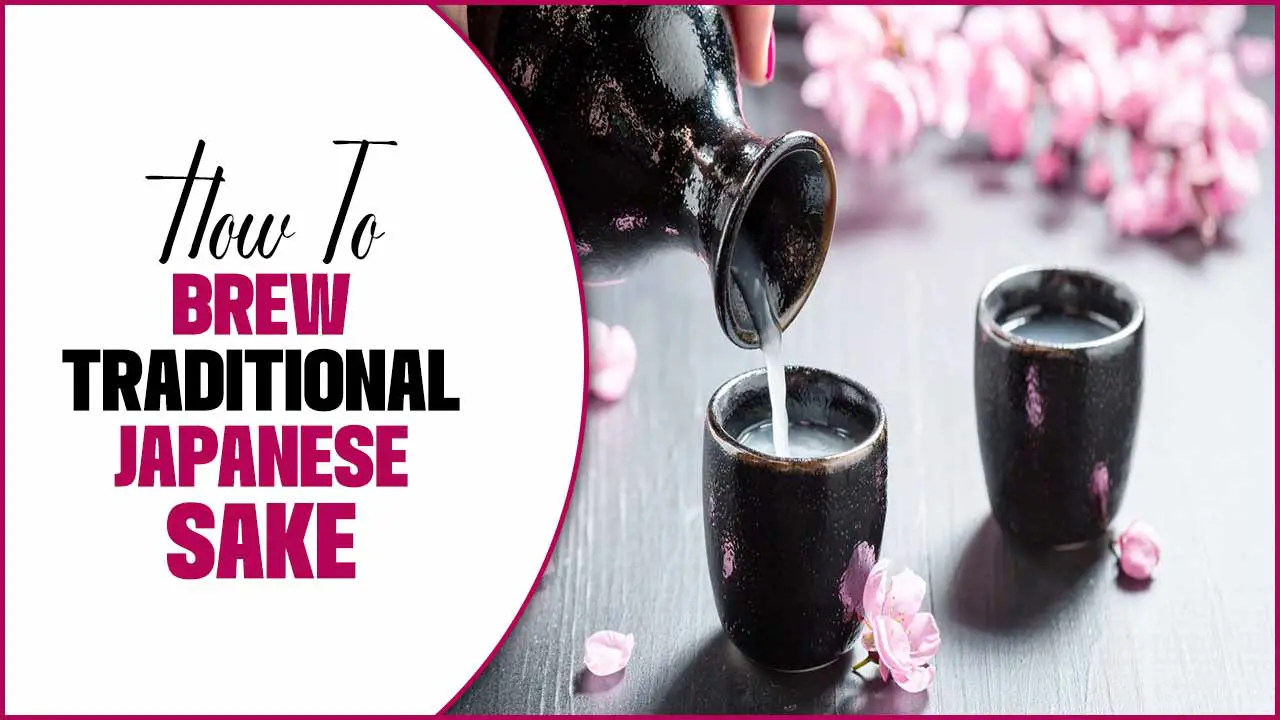
How To Brew Traditional Japanese Sake 5 Easy Steps
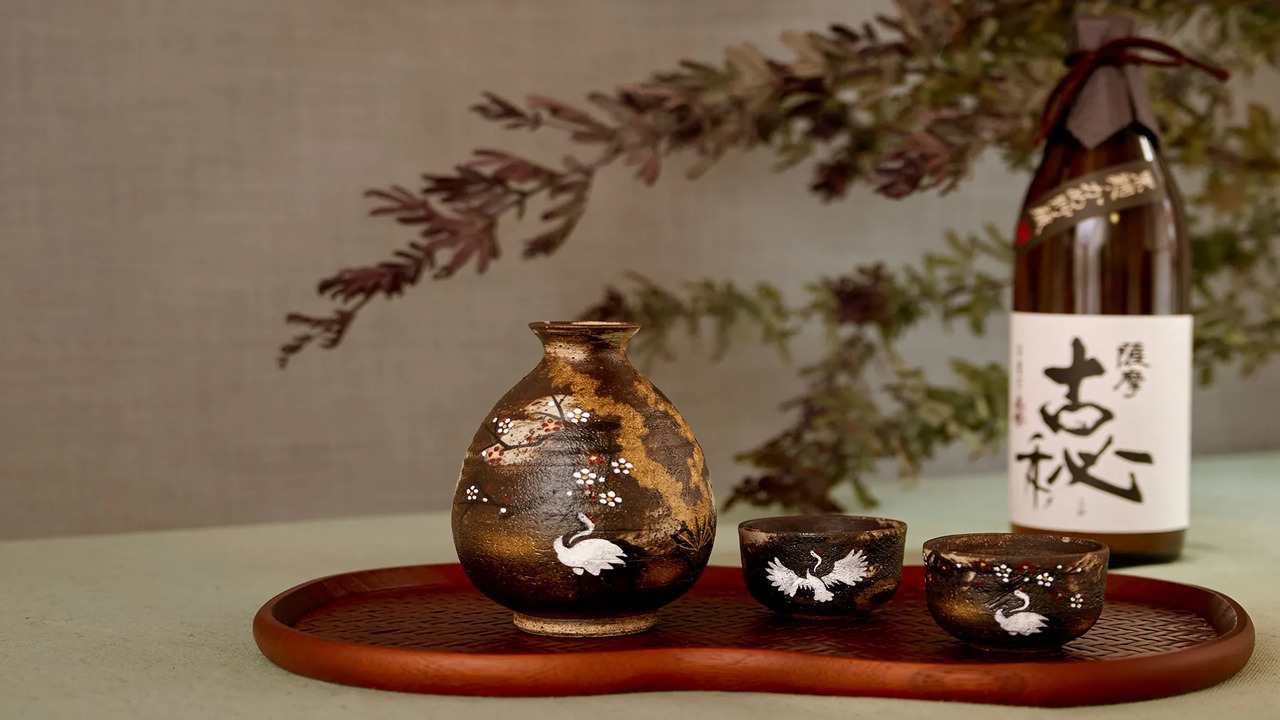
Traditional Japanese sake, also known as Nihonshu, is a beloved and centuries-old beverage that holds a special place in Japanese culture. Brewing traditional Japanese sake involves 5 easy steps that result in a delicious and authentic beverage.
Brewing traditional Japanese sake can be a fascinating and rewarding process. The following 5 easy steps we help you get start on how to brew traditional Japanese sake:
1. Preparing Your Sake Rice
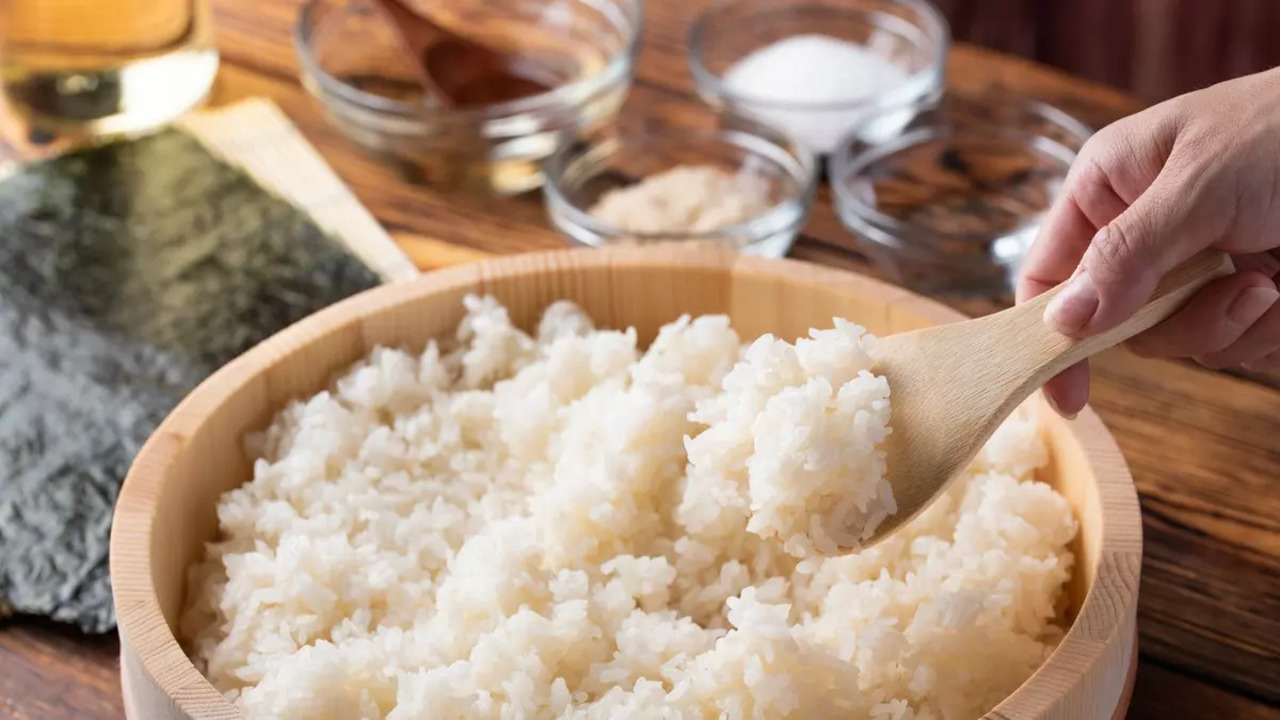
Following a few crucial steps is important to prepare your sake rice for brewing traditional Japanese sake. Select the right variety of rice, such as Yamada Nishiki or Gohyakumangoku, which are cultivated explicitly for sake brewing, to start with.
Thoroughly rinse the rice to remove impurities and excess starch, providing a clean base for fermentation. Next, soak the rice in water for 4-8 hours to evenly hydrate the grains. Once you’ve soaked the rice, steam it to achieve the desired texture and moisture content.
Steaming softens the grains and prepares them for the later addition of yeast and koji. After steaming, allow the rice to cool, then transfer it to a fermentation vessel to start brewing. These steps are essential in creating your own delicious and authentic Japanese sake.
2. Moto
Moto is an essential step in brewing traditional Japanese sake. The initial fermentation starter contains yeast, koji (rice inoculated with Aspergillus oryzae), and water. During the moto stage, the yeast converts the starches in the rice into sugar, while the koji produces enzymes that break down these sugars into alcohol.
This process creates a rich and complex flavor profile in the sake. To make moto, a small amount of steamed rice, koji, and water are combined and allowed to ferment for several days.
The resulting moto can then use as a starter for the main fermentation process, where more rice, koji, and water are added to create the final sake product. Mastering the art of moto brewing is key to producing high-quality traditional Japanese sake.
3. Moromi Mash
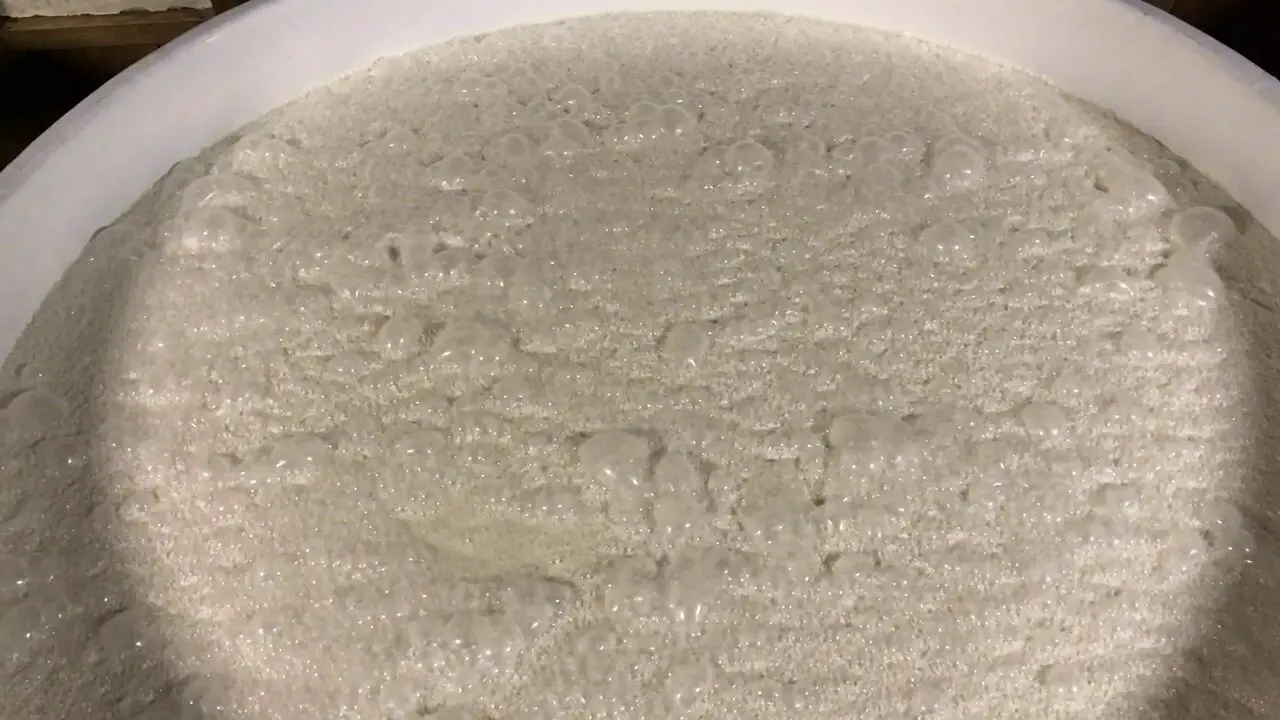
The Moromi Mash plays a vital role in the brewing process of traditional Japanese sake. It involves carefully combining steamed rice, koji mold, yeast, and water to create a fermentable mash. This mash undergoes fermentation for several weeks, allowing the conversion of rice starches into alcohol.
The controller meticulously controls temperature and humidity to maintain ideal conditions for yeast activity during fermentation. After fermentation, the Moromi Mash is press to separate the liquid (sake) from the solid residue called lees.
4. Yodan
They call the fourth step in the traditional Japanese sake brewing process Yodan. It involves combining a mixture of rice and koji mold with water and yeast to create the main fermentation mash. This step requires careful monitoring of temperature and fermentation progress to ensure optimal conditions for yeast activity.
Yodan typically lasts for about a week, when the mixture undergoes active fermentation, transforming into sake. After the Yodan step, the liquid press separates the solids, known as sake kasu, from the liquid, called moromi. We further process the liquid to produce high-quality sake.
5. Secondary, Clarifying, Maturing
Secondary fermentation, clarifying, and maturing are crucial steps in the traditional Japanese sake brewing process. After the initial fermentation, known as the main fermentation, the sake undergoes secondary fermentation to develop its flavors and aromas further.
This stage allows the yeast to break down sugars and produce additional alcohol content. Following the secondary fermentation, the sake goes through a clarifying process to remove impurities and sediments.
This can involve filtration or other techniques, such as fining with activated charcoal or centrifuge. Finally, the brewer or sake maker matures the sake for a period of time, typically several months to years, during which they develop more complex flavors and achieve the desired balance.
The type of sake being brewed and the brewer’s preferences determine the duration of maturation. These three stages are essential in creating high-quality traditional Japanese sake that sake enthusiasts worldwide enjoy.
Things To Remember
When brewing traditional Japanese sake, there are a few key things to remember to ensure a successful and delicious batch. First and foremost, cleanliness is essential. Thoroughly sanitize all equipment and surfaces to prevent unwanted bacteria or contaminants from affecting fermentation.
Secondly, select high-quality ingredients, such as rice grown explicitly for brewing sake and koji (a fungus that converts starches into sugars).
Additionally, maintaining the proper temperature during fermentation is crucial. Sake yeast thrives in a specific temperature range, so investing in a temperature-controlled environment or using a heating pad may be necessary. Finally, patience is key.
Sake fermentation can take several weeks or even months to complete, so allow enough time for the flavors to develop fully. By remembering these things, you’ll be well on your way to brewing your delicious Japanese sake at home.
Serving Sake
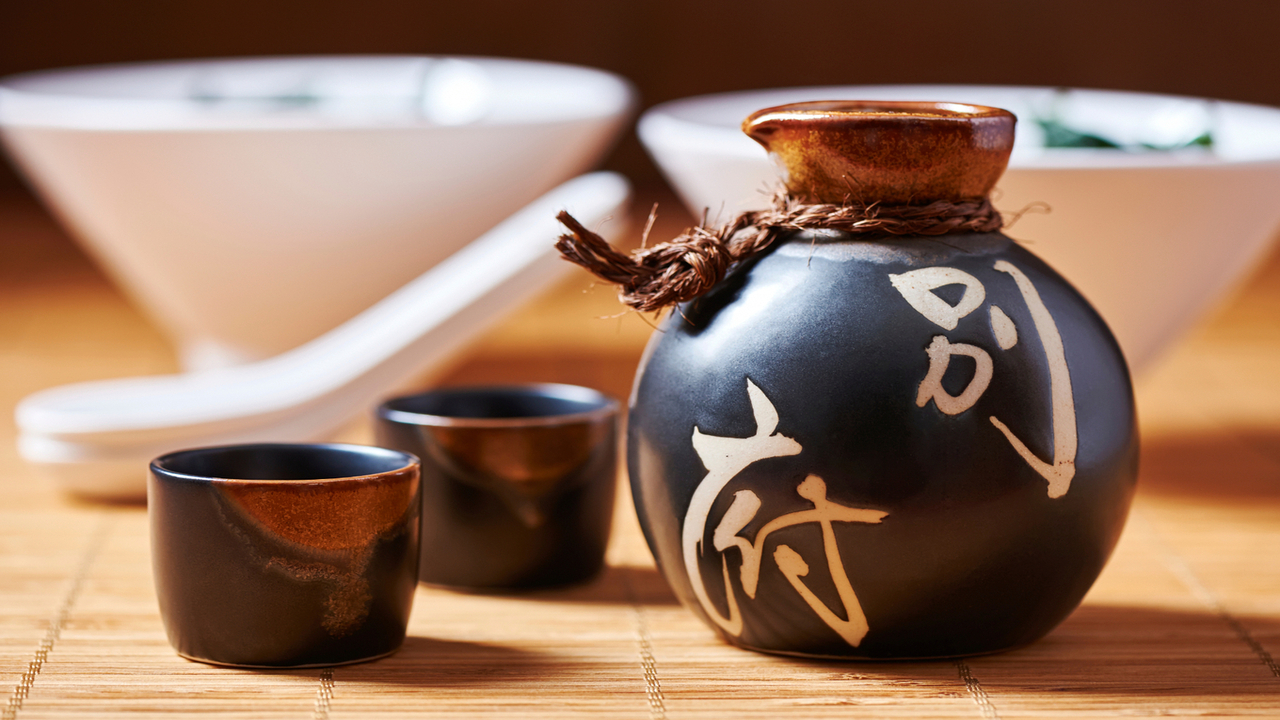
Serving sake is an important part of the traditional Japanese experience. When serving sake, it is customary to pour it into small ceramic cups called “ochoko” or “guinomi.” We typically fill the cups only halfway to fully appreciate the aroma and flavors of the sake.
It is common to serve hot sake, especially during colder months, by placing the sake bottle in a warm water bath or using a special vessel called a “tokkuri” to heat the sake. However, it is important to note that not all types of sake should be served hot, as some varieties are best enjoyed chilled.
To truly enhance the enjoyment of sake, it is recommended to pair it with traditional Japanese cuisine or other dishes that complement its delicate flavors. So next time you enjoy serving sake, remember these tips to create an authentic and enjoyable experience for yourself and your guests.
Conclusion
How to brew traditional Japanese sake? Brewing traditional Japanese sake is a complex and intricate process that requires skill and precision. Brewing sake is a complex and precise process that requires patience, attention to detail, and a deep understanding of traditional methods.
With practice and dedication, you can produce a high-quality sake that will impress even the most discerning connoisseurs. Remember to be patient during brewing, as it can take several weeks to fully develop its flavor and aroma. With practice and attention to detail, you can master the art of sake brewing and impress your friends and family with your newfound knowledge and skills.
Frequently Asked Questions
1.What Are The 4 Ingredients To Make Sake?
Ans: Sake, a traditional Japanese alcoholic beverage, uses four key ingredients: rice, water, yeast, and koji. Polishing removes the outer layers of rice, flavor depends on water quality, and koji converts rice starch into fermentable sugars.
2.What Is The Traditional Method Of Sake?
Ans: The traditional method of sake production is a multi-step process. First, polish the rice to remove the outer layers, then wash and soak it before steaming. After steaming, you mix it with koji mold and yeast for fermentation.
3.What Is The Oldest Method Of Making Sake?
Ans: The Yamahai method, used for over 300 years, is the oldest technique for making sake. It utilizes a natural fermentation process and is renowned for producing sake with rich and complex flavors. Despite its longer production time, some breweries continue to employ this traditional method to create top-notch sake.
4.Can You Brew Your Own Sake?
Ans: Yes, it is indeed possible to brew your own sake at home. However, brewing sake requires specialized equipment and ingredients. It is crucial to follow a detailed recipe and undergo a fermentation process that can take several weeks or even months to achieve the desired results.
5.What Is The Process For Polishing Rice For Sake Brewing?
Ans: Polishing rice for sake brewing is known as “seimaibuai.” It includes removing the outer layers of the rice grain to reveal the starchy centre. This can be done using a traditional stone mill or a modern milling machine. The quality and style of sake depend on the percentage of rice polishing.

I’m a writer and blogger who loves to talk about entertainment, culture, and relationships. I love to share my thoughts and insights on these topics, and I’m always looking for new ways to engage with my readers. I’m also a big fan of learning new things, so I’m always exploring new areas of interest.
